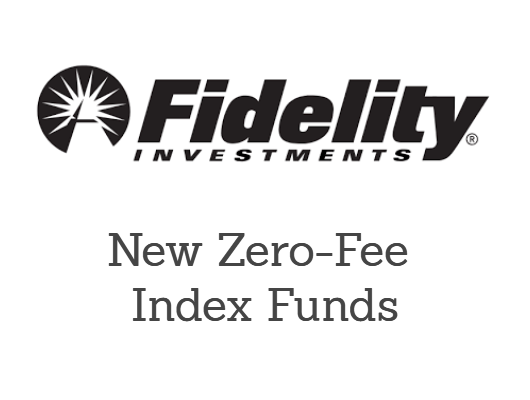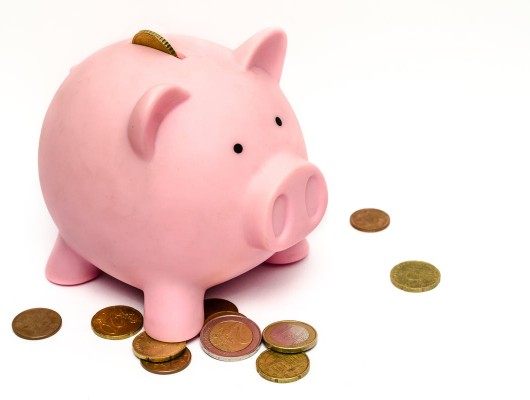Not only the stock market seems on the eve of a bear market. The art market starts to turn ugly as well. During the most recent winter auctions at Sotheby’s and Christie’s, sales dropped over 40% compared to last year. Sotheby’s was unable to match its pre-sale estimate of $138 million. Total sales reached $135 million, but this was including the premium which isn’t included in the estimates. More than 60% of the lots were auctioned on or below their low estimates. Is this a sign that all asset classes are under pressure?
Weak demand from China We earlier noted the risks of art being a vulnerable asset class. Once demand weakens, prices collapse due to the absence of bidders during the auction process. Where in a strong market art lovers try to bid up each other, a lack of buyers automatically means a poor auction result. We also addressed concerns about evaporating wealth in China. This was exactly the mean reason of the underwhelming auction sales. Artnet reported that depth of bidding was rare and that there was no interest from Asian bidders.
But Russian interest was still alive and kicking. At first sight this sounds surprising, since the collapse of commodity prices, a recession in Russia and a stock market crash, should decimate the wealth of many oligarchs. Nevertheless, art investment is also a kind of hedge against currency fluctuations. The Russian Ruble and therefore Russian assets are under severe pressure. During 2015, the Ruble weakened more than 20% compared to the US Dollar and is even down 130% since January 2014. High net worth individuals are looking for assets that protect them from volatility. Even cash could change in value when you compare currencies. Therefore, to protect your wealth from a weakening currency, hard and/or alternative investments could be a solution. Since the Ruble is prone to volatility, Russian citizens are keen in buying hard assets. As noted in our previous article, Russians are ardent art lovers, being buyers of the most expensive paintings in the past. This may explain that strong demand from Russia is still there.
Collapse in art prices
During the first (major) Impressionist and Modern art sale of the year, Christie’s sold 75% of 48 offered lots. The auction house was able to beat its minimum estimate of $89 million by achieving a result of $96. Sotheby’s managed to sell only 67.6% of 37 lots and came up short. The most expensive work of the auctions, Picasso’s “Tete de Femme (Head of a Woman)” (1935) was sold for $27.1 million by Sotheby’s. The minimum was set on $23.4 million. Nevertheless, this was significantly below its previous back in November 2013 when it was sold for $40 million (above estimate) in New York. That left the seller with a substantial loss of over 30% in a three-year period.
A day earlier in a separate (surrealist art) sale, a painting by Max Ernst was sold at $11 million, well above its $9.9 million estimate. But “The Stolen Mirror” (1941) was auctioned for $16.3 five years earlier, leaving the seller with a 32.5% negative yield. Stocks did much better during this period… There was even less interest for Matisse during the Impressionist art sale. “La Leçon de Piano (The Piano Lesson)” (1923) was sold for £10.8 million ($15.7 million), well below estimates of £12-18 million ($17.5-26.2 million). To be fair, this was the highest estimate on a Matisse ever.
Shaky art market
The weak action results follow on a poor 2015. Last year, Christie’s sold $7.4 billion in art, down over a billion compared to 2014. It’s important to note that three of the five most expensive works were sold by Christie’s during last year. This included no.1 and no.2, with a combined auction result of $490 million for the three top-5 works. Sotheby’s managed to sell $6.7 billion in art, approximately in line with 2014.
The art market could find itself at the start of a real bear market. Researchers Kräussl, Lehnert and Martelin looked into art sales for the period 1970-2014 and found signs of a bubble that started late 2011. According to the researchers, the bubble should be in the mania phase, which is the peak of the bubble. Therefore, the recent poor art sales could well indicate harsh times to come for art investors.
The problem with alternative investments such as art, is the illiquid character of the assets. That means that supply and demand are often mismatched due to sudden disruptions in one side of the market. In prosperous times, demand will easily cause a boom due to a lack of supply. But once demand weakens, prices collapse and holders of illiquid assets are stuck. So beware with your diversification in assets and always keep liquidity and market phase in mind.


